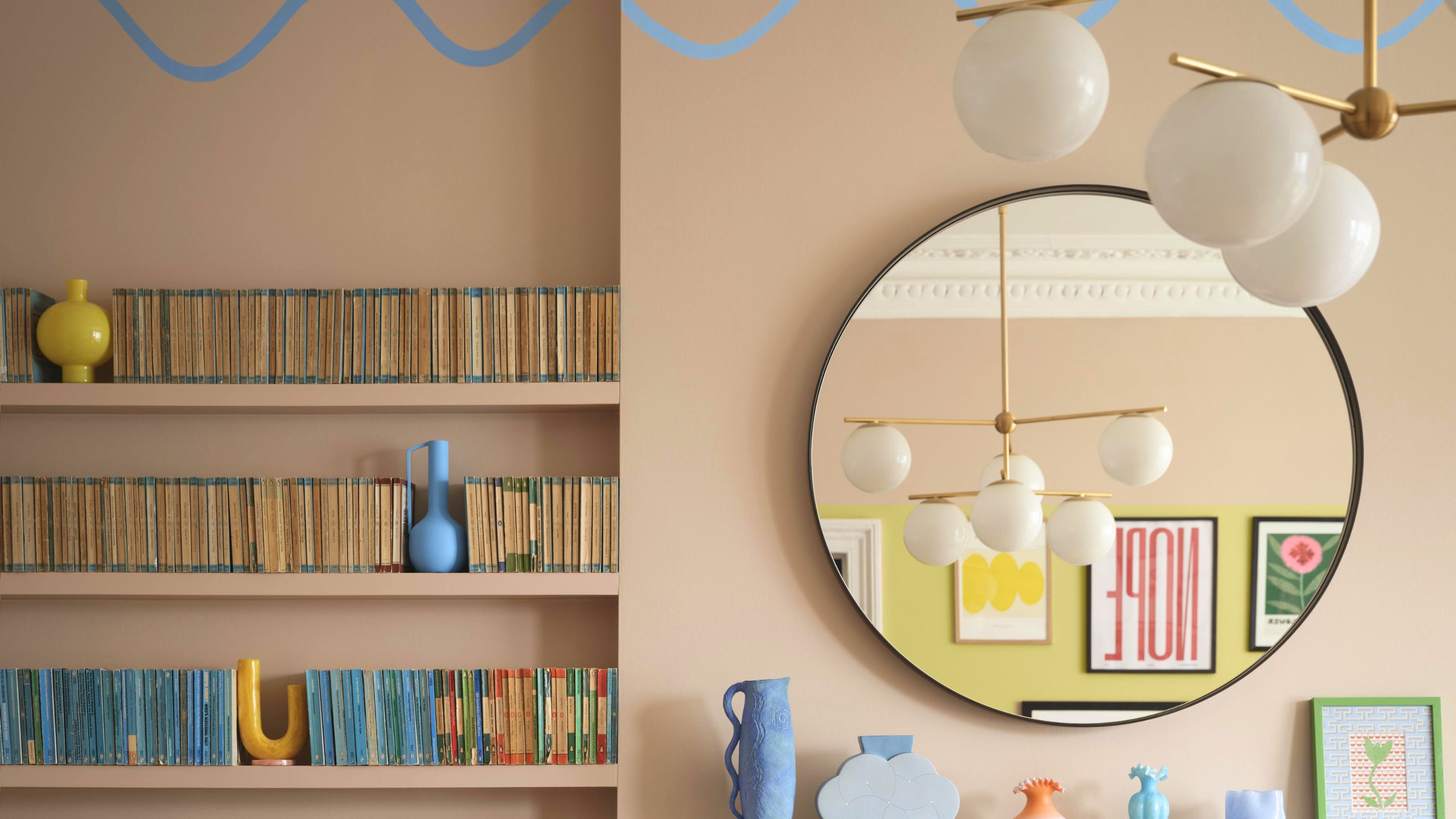Saving daylight: how to make sure your extension or loft conversion gets enough sunlight
You’re adding space but have you made sure you won’t be losing light? Find out how to plan natural light into your extension or loft conversion project
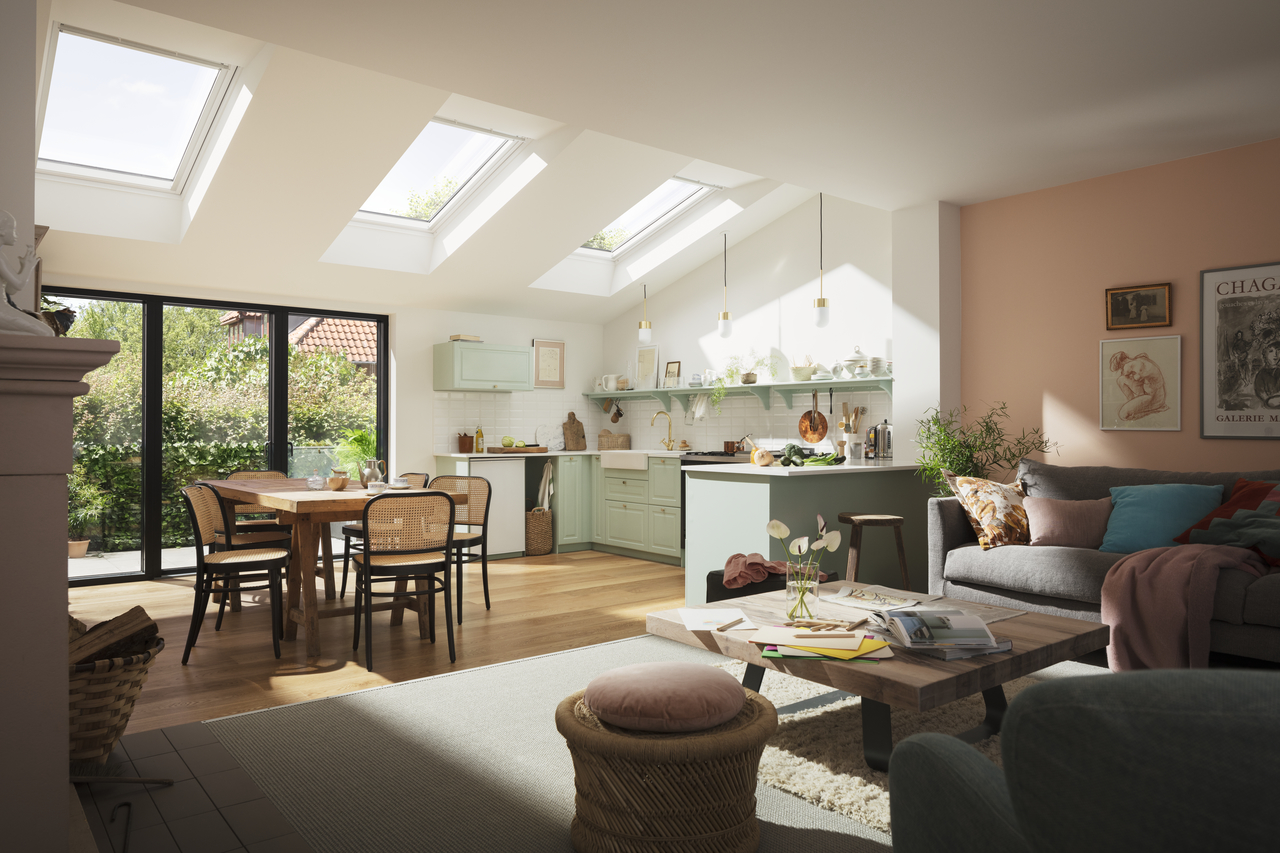
An extension or loft conversion can add much needed space to your home. When you extend – be it a loft bedroom, or a spacious new kitchen – you may spend a lot of time thinking about your new finishes, flooring and paint colours. But have you thought about how much natural light your new space will get?
If the answer is no, you’re not alone. To many homeowners, daylight and glazing is an afterthought. When you add an extension for example, you may be doubling your floor area and the back of the original space ends up being starved of daylight. To avoid this, you will need to plan glazing in from the start. Luckily, this can be easily done with some top tips and handy tools. We have teamed up with VELUX – experts in roof glazing – to help you get your project off to a bright start.
1. Use the VELUX Daylight Calculator
Before you worry about having to work out how many windows your space needs manually, have a look at VELUX’s Daylight Calculator. All you need to do is input the dimensions of your room, and the extension (or the dimensions of your new loft room) and the clever calculator will advise how many rooflights you will need. It also recommends the right products, then allows you to input your details to speak to an expert. This is a great way to get an idea of how much of your roof will require glazing, before you even start to plan things like the kitchen design or bedroom layout.
2. Know the simple formula to calculate glazing
Whether you use the calculator or not, it helps to know that the glazing area needs to be equal to 15–20 per cent of the floor area of your new room. This should give you a good picture of not necessarily how many windows you need, but how many square metres of glazing that is. If the space already has windows or glazed doors, you can deduct these and make the rest up with rooflights.
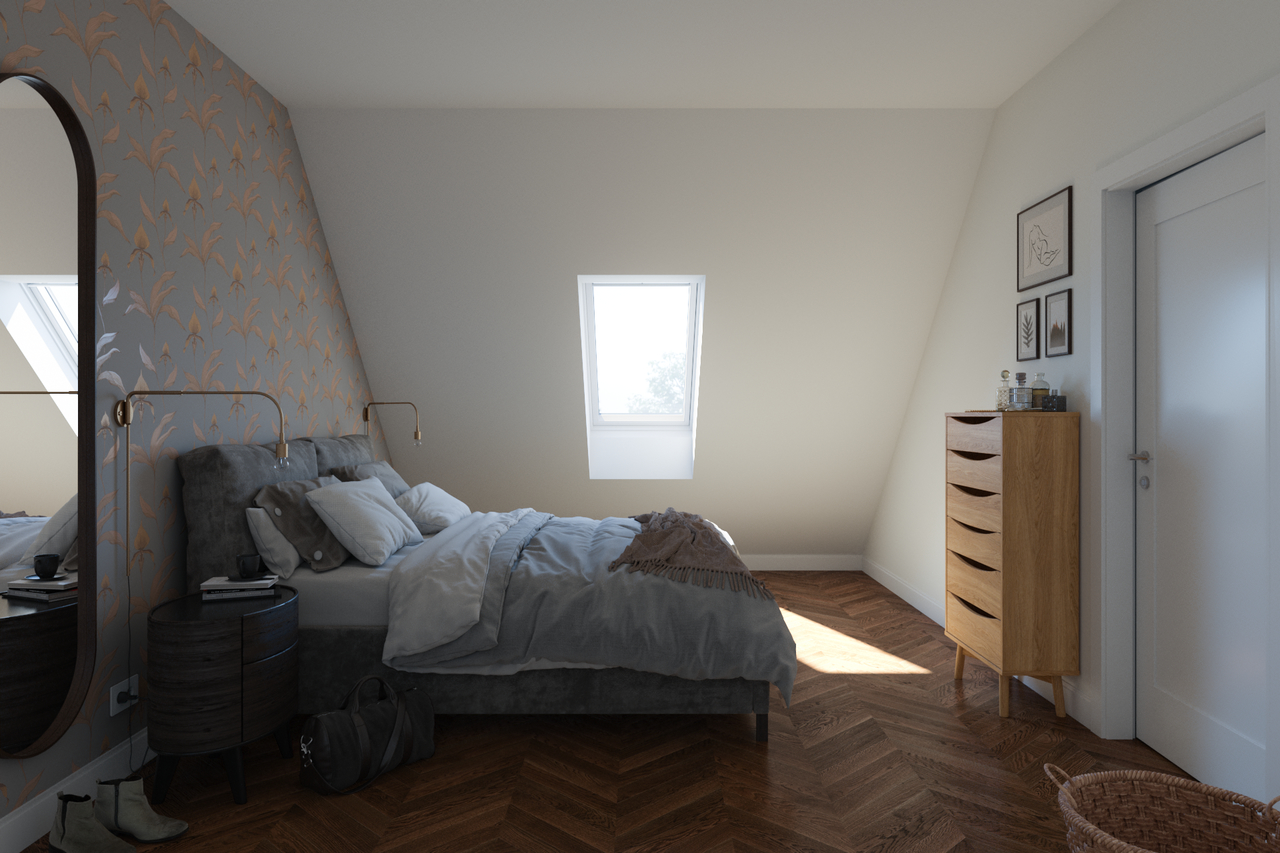
Before: scroll to see how much light was increased thanks to an extra rooflight
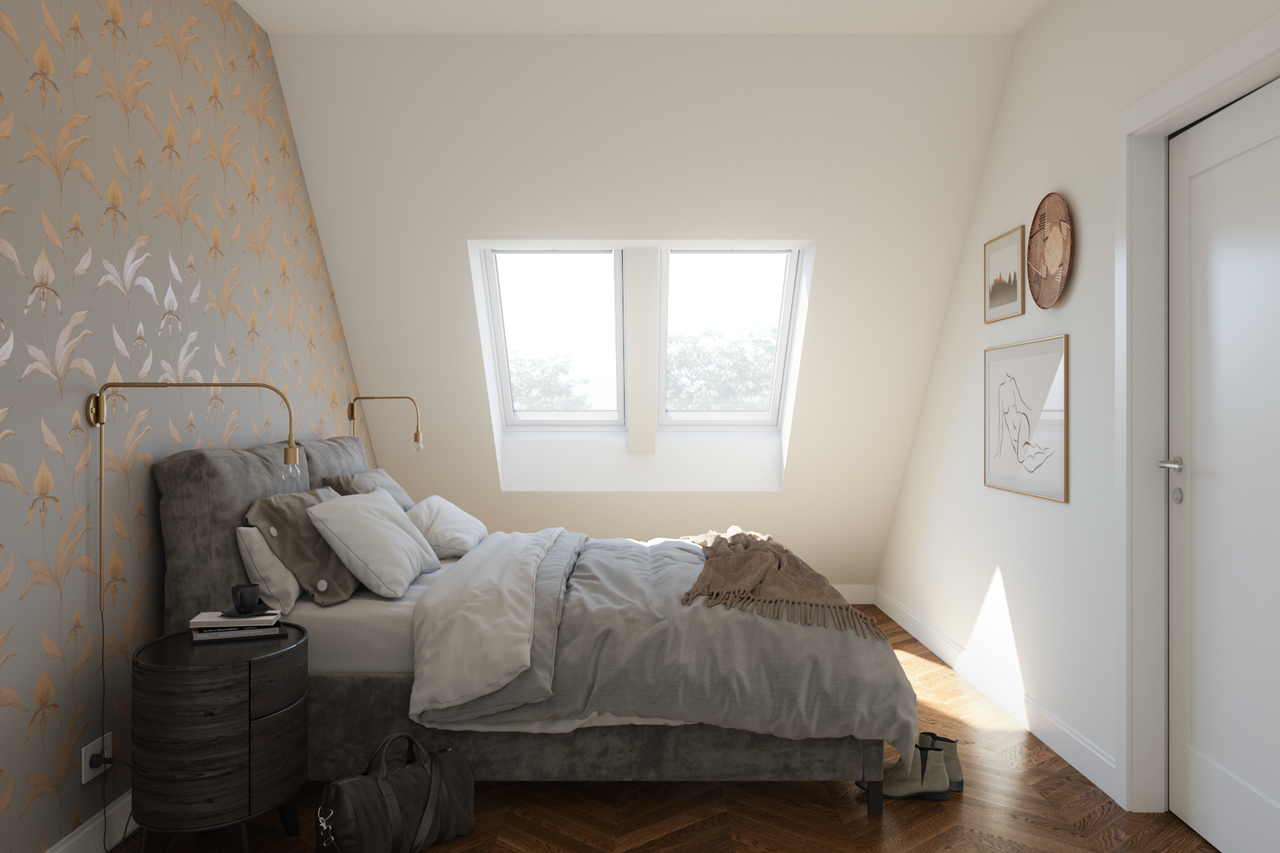
After
3. Know which direction your house faces
Do you know which way your home faces? It sounds simple, but knowing whether your home is oriented northwest, southeast – or anywhere in between – is important for working out when the sun will hit your extension. A north facing extension will need as much glazing as you can manage as it is not oriented to get the full sun for many hours. Windows on the side elevations will help increase daylight, but the great thing about roof glazing is that with the sun overhead, light is not impeded as easily and you can bring it in for much of the day.
4. Plan your space around the light
Another reason home extenders get tripped up is because they decide on the layout before working out how light their space will be. You can bring lots of light to the outer edges of your room, but interior corners may end up being darker than you thought. Planning glazing from the start will help, but also being open to redesigning the space around daylight is another route to success. In the case of a kitchen diner, the kitchen and dining area will want plenty of light for tasks and entertaining, but a cosy sitting room could be placed to the back of the space. That way, you get the light right where you need it.
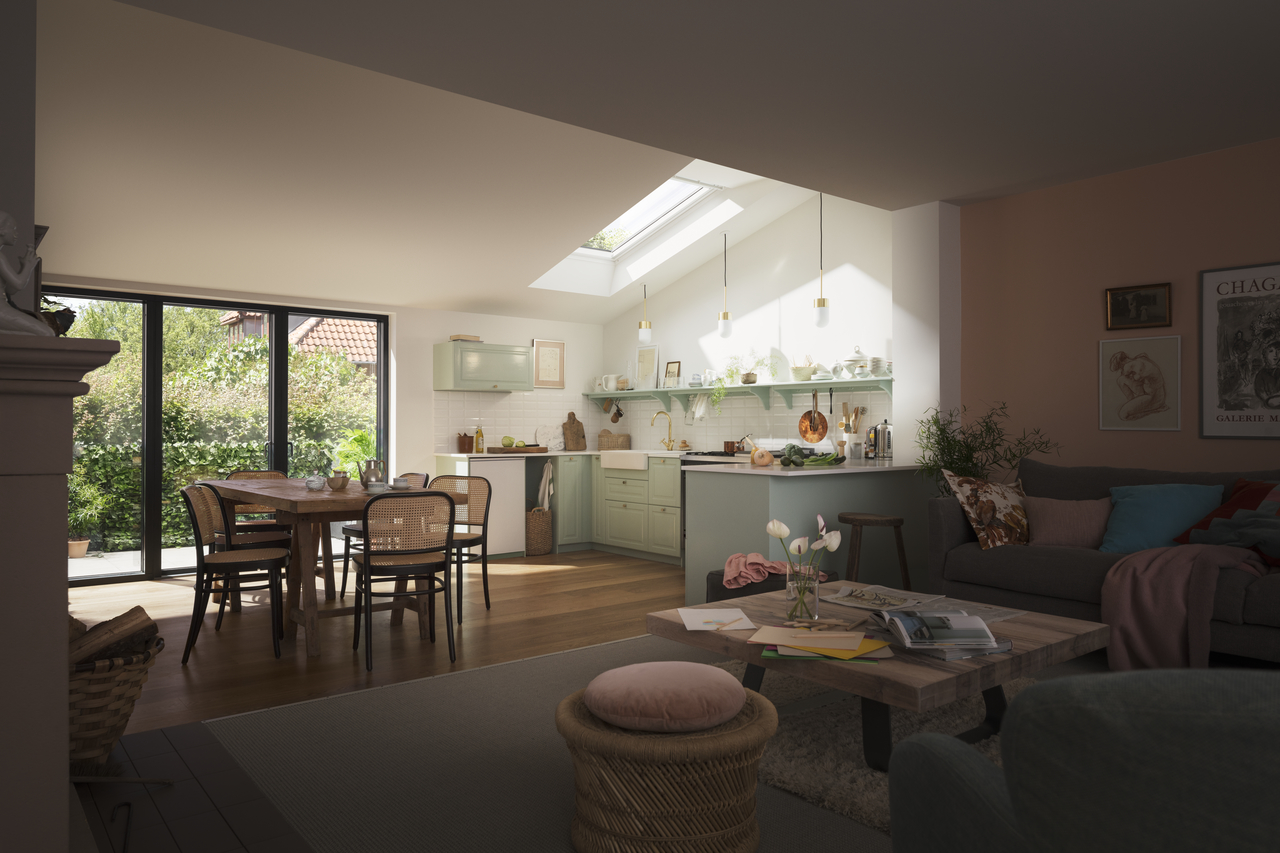
Before: scroll to see how adding rooflights improved the space

After
5. It’s not only about light
Of course windows are not just for light – they help ventilate a space, too. This will prevent it from becoming too hot on sunny days or too stuffy when everyone has been holed up inside for the weekend. Rooflights are a great way to release warm stale air, as hot air rises. Glazing on other elevations will help create a good flow of air through the space. Again, consider glazing from the start and you will find it much easier to create a bright, light and airy extension.
Get small space home decor ideas, celeb inspiration, DIY tips and more, straight to your inbox!
Real Homes is committed to sharing the best advice on everything from renovating your home to what products to fill it with. From DIY how tos, to ideas galleries and reviews Real Homes offers knowledge and expertise to help you do what you need to do, in a way that hopefully makes the process fun and easy. Our sponsored content is not an editorial endorsement, but allows you to connect with brands to assist your home renovation journey and alerts you to products you may not have known about before.
-
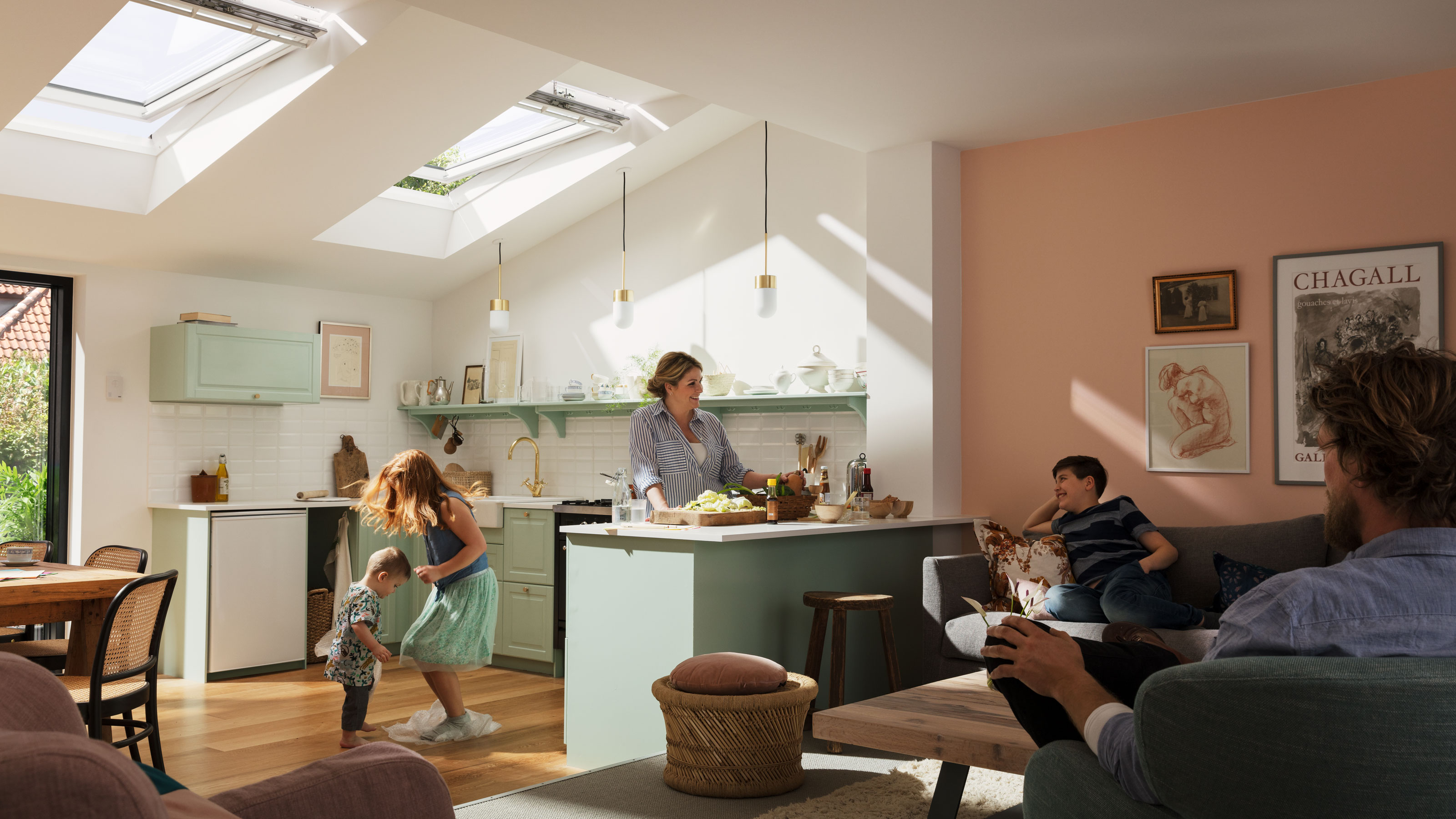 Show off your latest home renovation with VELUX!
Show off your latest home renovation with VELUX!VELUX is on the lookout for some great examples of beautiful daylight transformations
By Sponsored Published
-
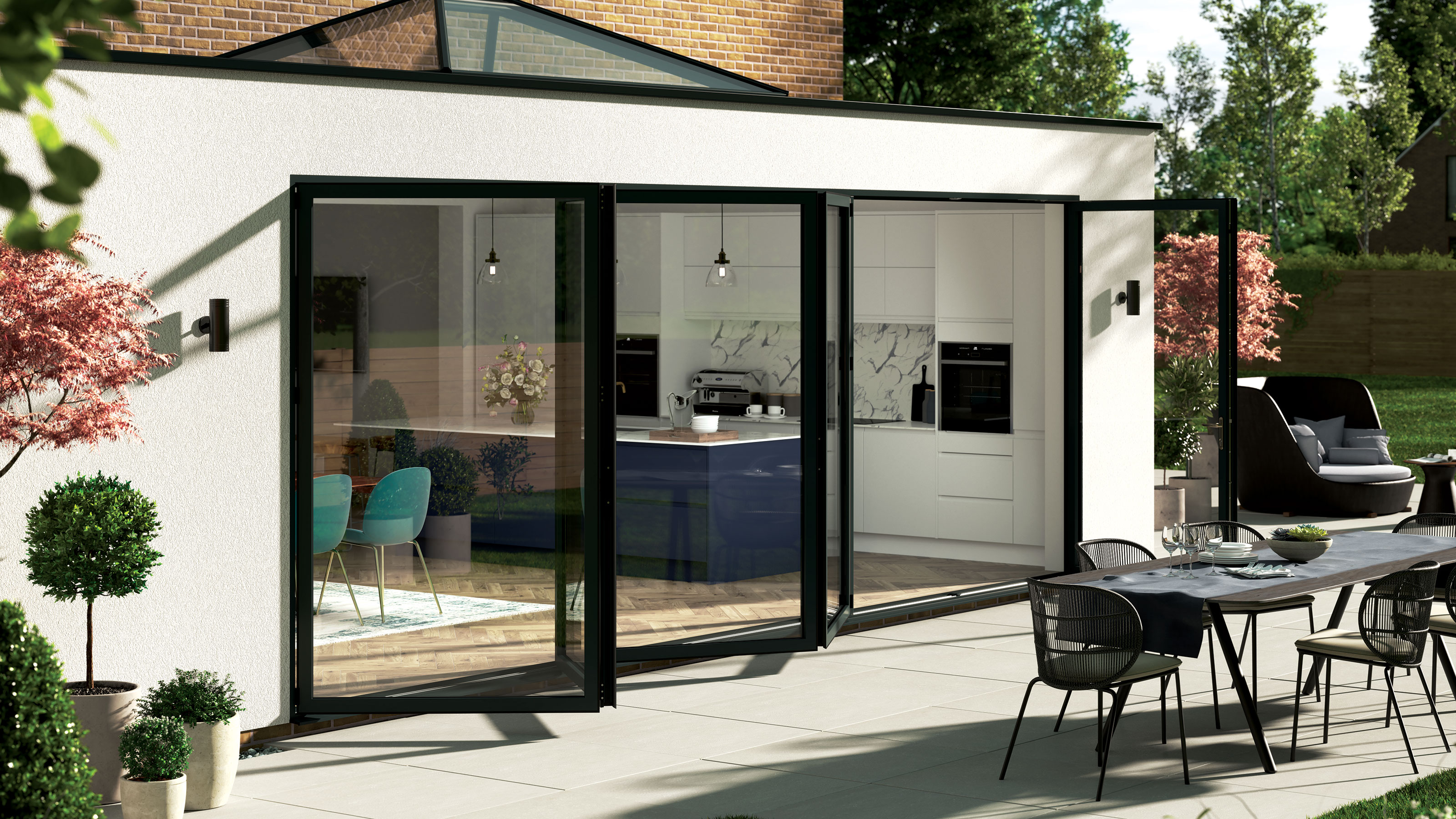 Rethinking the fundamental features of your home
Rethinking the fundamental features of your homeBy Sponsored Published
-
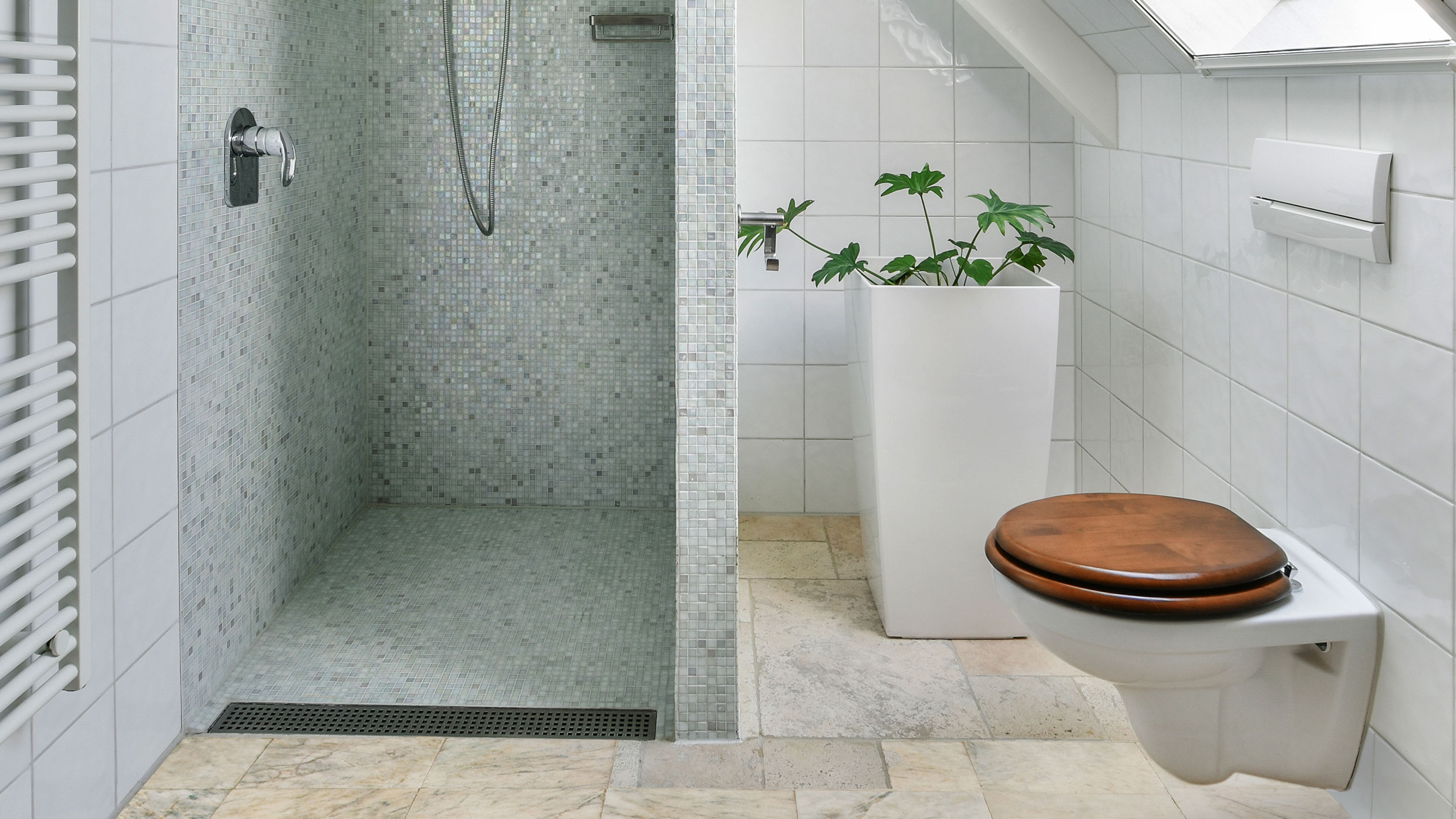 Discover your home's potential with a macerator
Discover your home's potential with a maceratorTurned wasted space into dream bathrooms and kitchens with Saniflo macerators and pumps that work anywhere
By Sponsored Published
-
 A 5-step guide to replacing the windows in your period property
A 5-step guide to replacing the windows in your period propertyBy Sponsored Published
-
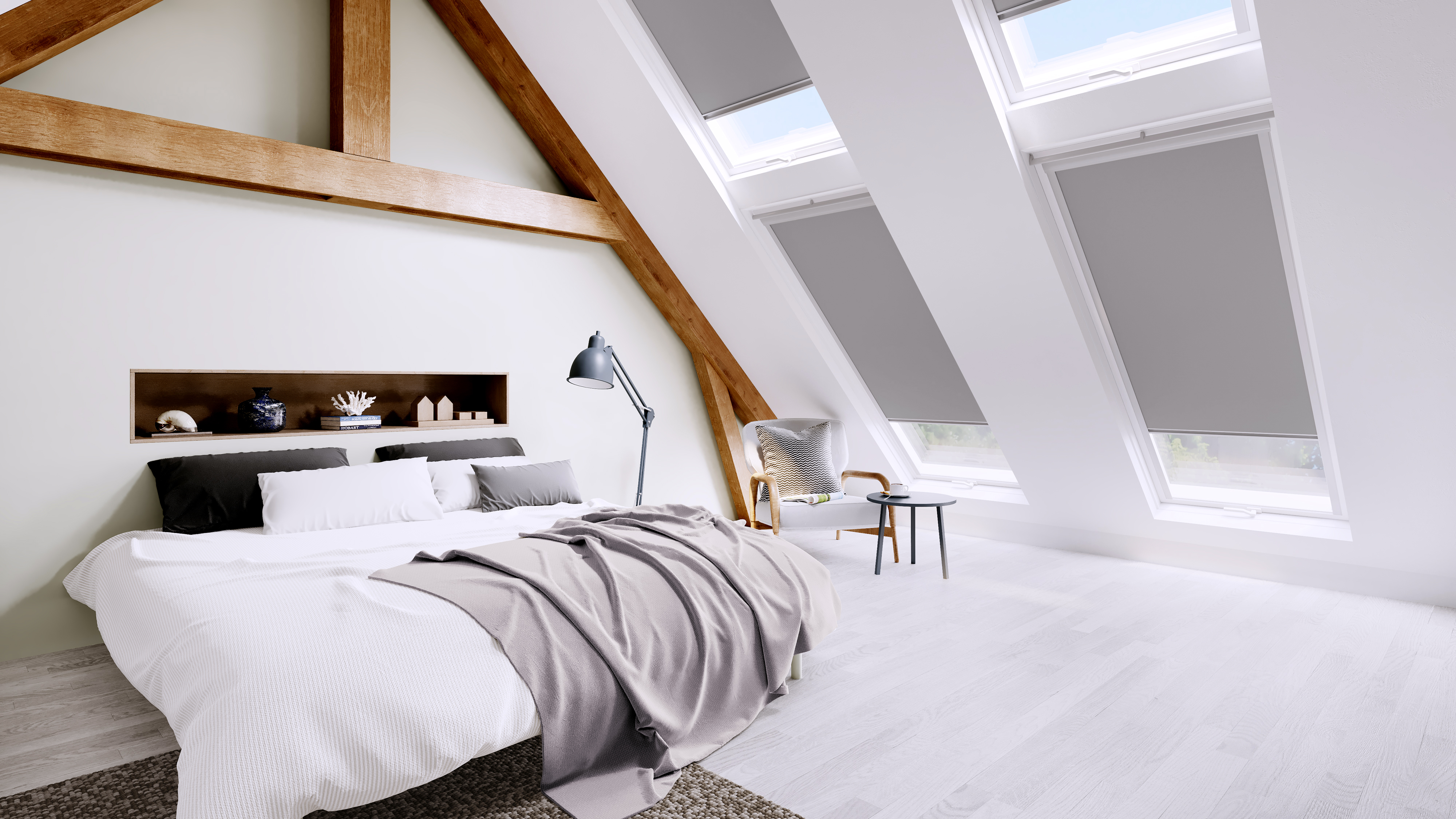 A guide to planning a loft conversion in 2022
A guide to planning a loft conversion in 2022Get a bigger home without moving by planning a loft conversion to perfection
By Lucy Searle Last updated
-
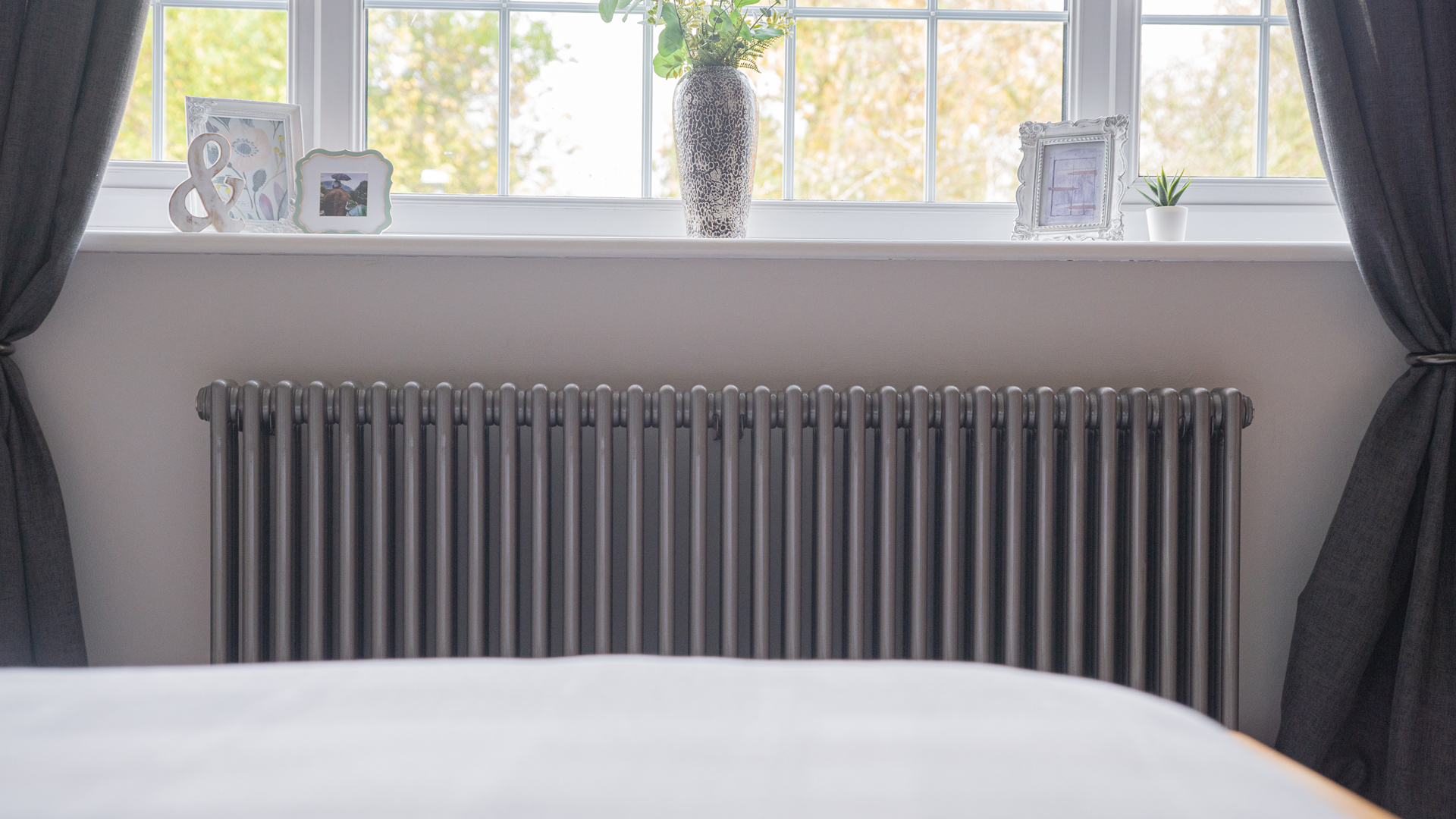 Choose column radiators to give your home enduring style
Choose column radiators to give your home enduring styleThe efficiency and elegant looks of the column have guaranteed its popularity over more than a century
By Sponsored Published
-
 Choose wow-factor glazing for your dream home
Choose wow-factor glazing for your dream homeStunning solutions from Schüco can bring in the light through a statement feature
By Sponsored Last updated
-
 5 reasons to use sheep's wool for your home insulation
5 reasons to use sheep's wool for your home insulationHere's why insulating your home with sheep's wool is good for your home, your health, and the environment
By Sponsored Published
